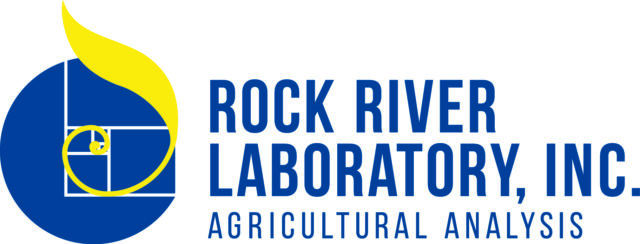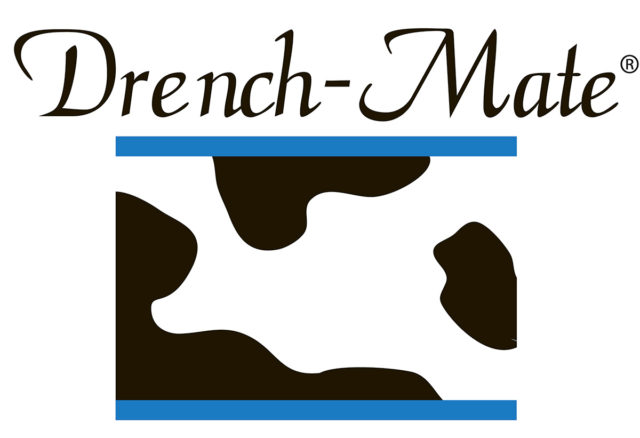The dairy market has witnessed extreme and historic volatility.
We saw prices go to all-time highs, and unfortunately we’ve seen a record decline also. This phenomenon has occurred throughout the commodity complex. Corn, copper and crude oil all have been volatile and seen record price movements.
This unprecedented price activity has led nearly everyone to believe that our world has changed. The prospect of a changed world is unsettling for some. But I’d like to offer some context and perspective.
In some ways, radical change has occurred. Price uncertainty is greater than ever. The potential for prices to rally is now much greater than ever before. And unfortunately, the ability and propensity for the market to collapse at record rates is also unlike anything we’ve seen before.
So yes, the economy has changed. But take a step back and you will see that not much has changed at all. The basics of supply and demand, the basic effects of human nature and the yin/yang of prices are the same as always. Extreme profitability in the dairy business led to massive expansion of dairies across the country. Widespread bullishness throughout all commodities fueled price rallies. As always, the best cure for high prices is high prices themselves. If you look back through time, whenever any market has gone to unprecedented price levels, swift and extreme price declines follow. This is true of the 1970s, 1980s and a few months ago.
So in reality, the change is not so radical. Prices go up, high prices cure high prices and prices go down to unprofitable levels. Once unprofitable levels are suffered long enough, production is cut, the low prices stimulate demand, economies recover, and prices rally back.
So what does this mean for dairy in the decade ahead?
• Price cycles will continue
The good news is that after such dramatic price declines, history tells us that prices will bounce back at least several dollars. Over time, commodity prices generally are pulled toward average, break-even, cost of production levels for producers. So while some will suffer in the short-term, average producers should see prices go back to near break-even, and producers that have below-average costs of production and above- average profitability will see the balance sheets go back into the black. Eventually, the nation’s herd will be cut enough that prices will return to profitable levels for all, and then we’ll start the whole cycle of high prices, followed by the pain of collapse, all over again.
• The progressive producer of the future should pay less attention to price and more attention to margins.
When prices were high, many producers felt that forward pricing milk was unnecessary and that getting an average each month was good enough. Now that they are suffering substantial red ink, that approach is being called into question.
We believe that you need to manage your operation around profit margin, aggressively pricing inputs and milk to protect your margins. When creating your price targets, be thinking about “leads and lags,” which substantially affect your profitability.
A recent example: When grain prices went up, milk prices followed. But the delay caused input costs to be a very major concern to almost every producer a year ago. Many producers took their eye off the milk market because they were so concerned about their input costs. Then all of a sudden they had high input costs locked in and the milk market collapsed. The lead-and-lag effect bit into margins and caused pain on financial statements.
Managing with respect to the profit margin takes the lead-and-lag effect into account and keeps your eyes focused on the pricing of both inputs and milk.
• The progressive producer of the future should not repeat mistakes. We have a saying in the office that “hope is not a strategy.” Yes, our industry is cyclical, but hoping that you will be better off in the next cycle will not make your business sustainable long-term.
Let’s review this most recent price cycle: As milk prices were rallying so nicely during 2007, many producers who had been unprofitable started aggressively pricing milk by $13 and a great many had priced a large percentage of their production by $15. Then, when milk was in the $20s, they had nothing left to sell. At the time, many producers felt this wasn’t a big deal because the extra margin wasn’t really necessary. They were making good profits.
Now that the red ink is flowing heavily, it is obvious that, when the market gives you wider-than-normal margins, you need to be pocketing them because the market will take them back down the road.
• Managing opportunities and risks trumps guessing what the market will do. To improve your marketing, take “market outlook” out of your decision-making. Instead, manage opportunities and risks with a strategic approach. (This does require a mindset change, but it will make your decision-making easier.)
A strategic approach means having a dynamic, disciplined approach to your decision-making. Always know what you’ll do if prices go up a little or go up a lot. Always know what you’ll do if prices go down a little or go down a lot. As these decisions are made, constantly be aware of how those decisions affect your entire production (or your entire input needs) and constantly be re-evaluating what you need to do to maintain a dynamic strategy that reflects current market opportunities and risks.
An example of “dynamic strategy”
If you price milk either in the cash market or with futures, have a strategy in place that if the market turns around and starts making new highs, you re-own part of the milk so that you don’t miss a substantial price move. Specifically, as milk prices were rallying in 2007 and hit the $13 or $15 level, many producers sold. Selling there wasn’t such a bad idea – it was just incomplete. What needed to be done was to purchase call options to offset the sales if prices continued upward. That way, a profitable price could be locked in, but upward price potential was not locked out.
This is where the dynamic aspect of strategy comes in. You make decisions, but you layer additional decisions on top of the initial decision so that you know what you will do each step along the way.
Think like a chess master, who can look at the board and see how, when they make a move, the opponent will move next. They can see two or three or more moves ahead and play the game out in their mind before they ever make a move. That is what dynamic marketing is all about. Play out all the scenarios and plan for all the possibilities.
This kind of thorough and strategic approach is going to be absolutely necessary in the decade ahead, amidst price uncertainty.
Earlier I said “hope is not a strategy.” But having a strategic approach can give you hope. You are not powerless against the markets. Rather, you are a strategist, managing opportunities and risks to your best advantage. PD
Scott Stewart
President and CEO
Stewart-Peterson
scotts@stewart-peterson.com




